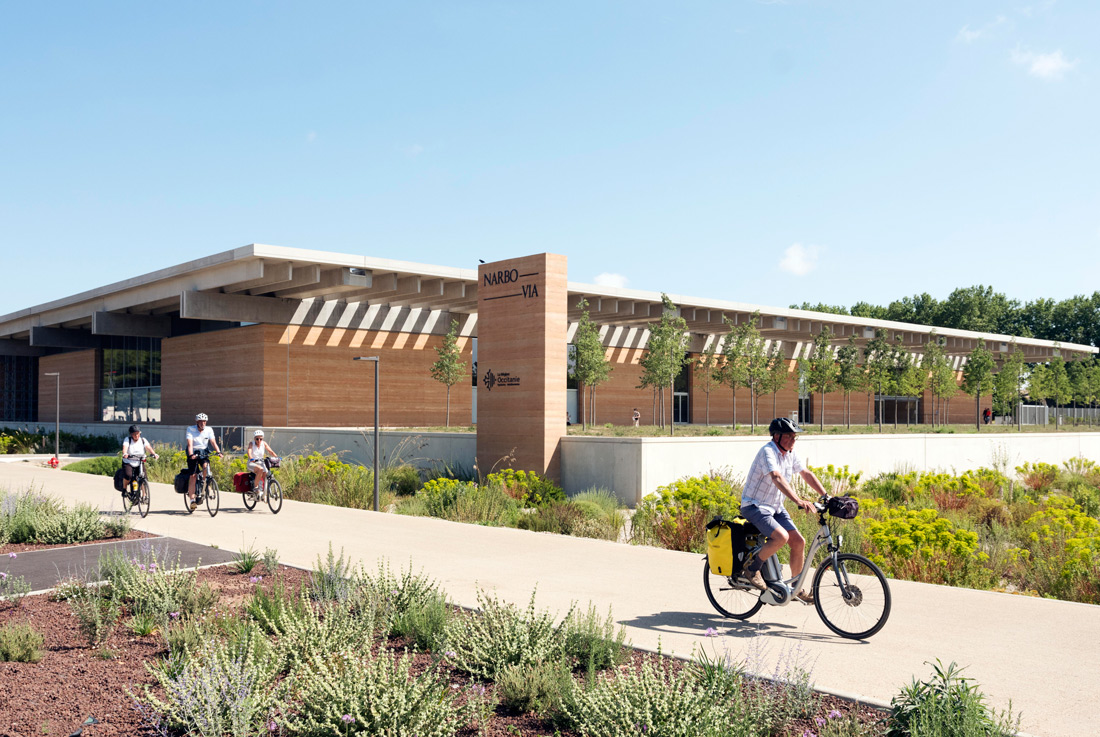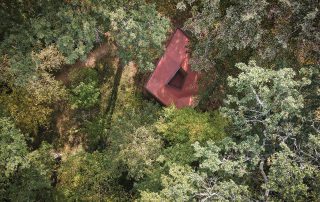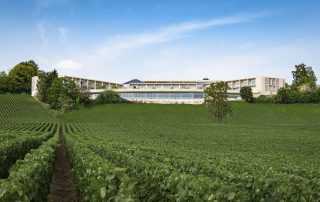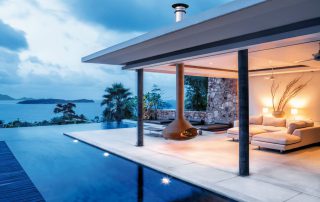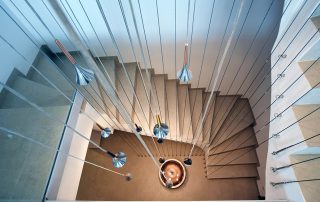NarboVia is a new museum of Roman antiquities situated at the heart of Narbonne. Thebuilding, designed and engineered by the practice’s integrated team, is set to become a newlandmark at the entrance to the city, on a site adjacent to the Canal de la Robineand pioneersa new approach tomuseographic design.Raised atop a podium, the museum provides a sense of restrained civic and architecturalmonumentality at the entrance to the city. The building incorporates galleries for permanentand temporary exhibitions, a multimedia education centre, auditorium, restaurant and library, aswell as research, restoration and storage facilities. The centrepiece of the museum is a‘Lapidary Wall’, which forms a natural barrier at the heart of the museum, separating the publicgalleries from the more private restoration spaces. Visitors are able to glimpse the work of thearchaeologists and researchers through its mosaic of stone and light, and the flexible displayframework allows the reliefs to be easily reconfigured andused as an active tool for learning.The museum spaces are unified beneath a concrete roof canopy, which provides thermal massand contributes to a comprehensive environmental strategy. The canopy is elevated above aclerestory, punctuated with light wells, and it extends to shade a wide public plaza around themuseum. In addition, the majority of the services in the building are contained within asubterraneanservicevoid.Cool air issuppliedat a low level and at low velocity, allowing asmaller volumeof air to be conditioned, while maintaining a comfortable environment. Thelarge spatial volumes formed by the high ceilings create a thermal flywheel effect that naturallypushes warm air upwards, where it is exhausted out.The architecture is significantly informed by an honest approach to materials. This extends tothe expression of the coloured concrete walls. Layers of dry-mixed concrete were tamped intoplace on-site, the resultant stratification calls to mind not only the archaeological nature of themuseum, but also the inherent appearance of Roman concrete.The structural response alsofollows a similar approach that is underpinned by simplicity. The walls are solid, thermallyinsulated and load bearing. They support the roof withlong span pre-castreinforced concretebeams that span onto a grid ofdeepconcreteprimarybeams.Full width glazed baysoccur atbreaks inthe concrete walls.The landscaping reinforces the connection with the waterof the canalto create a tranquilnatural setting. Inspired by formal French gardens and the Roman courtyard, the museum’sgrounds feature an amphitheatre for open-air displays and events. The design anticipates awelcoming, landscaped entrance via a new ramp that links the museum to the existing towpathalong the Canal de la Robine. This will create a serene pedestrian connection to thecitycentre, which will now be only a short walk from the museum.
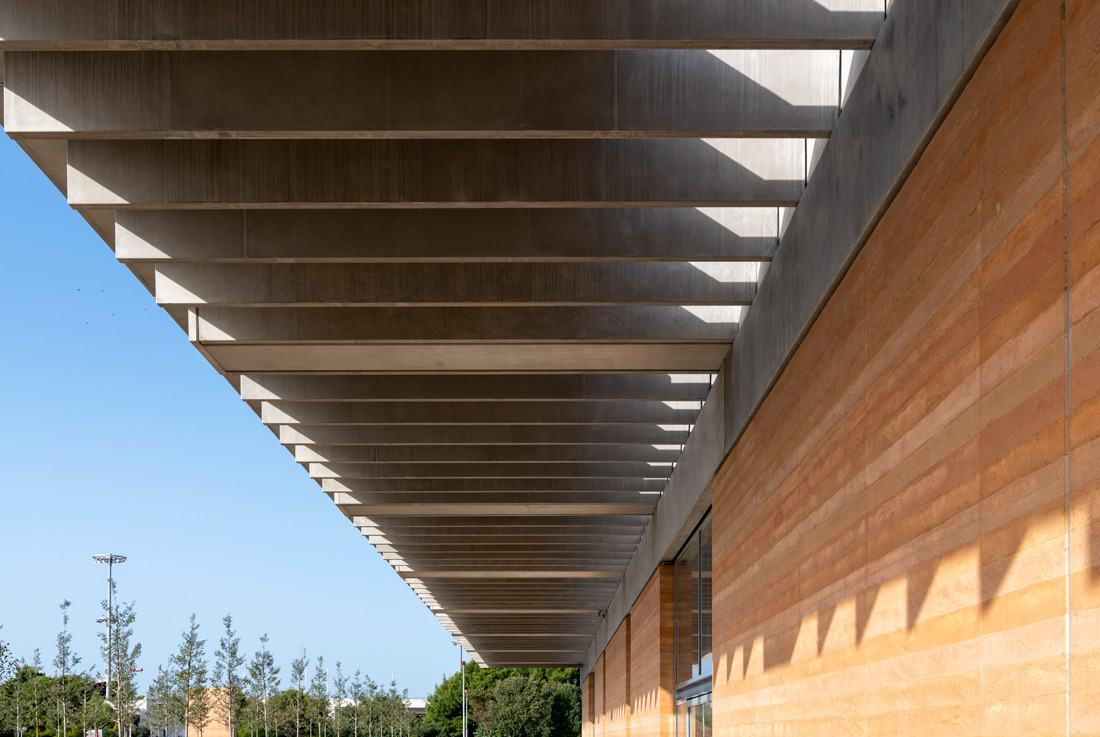
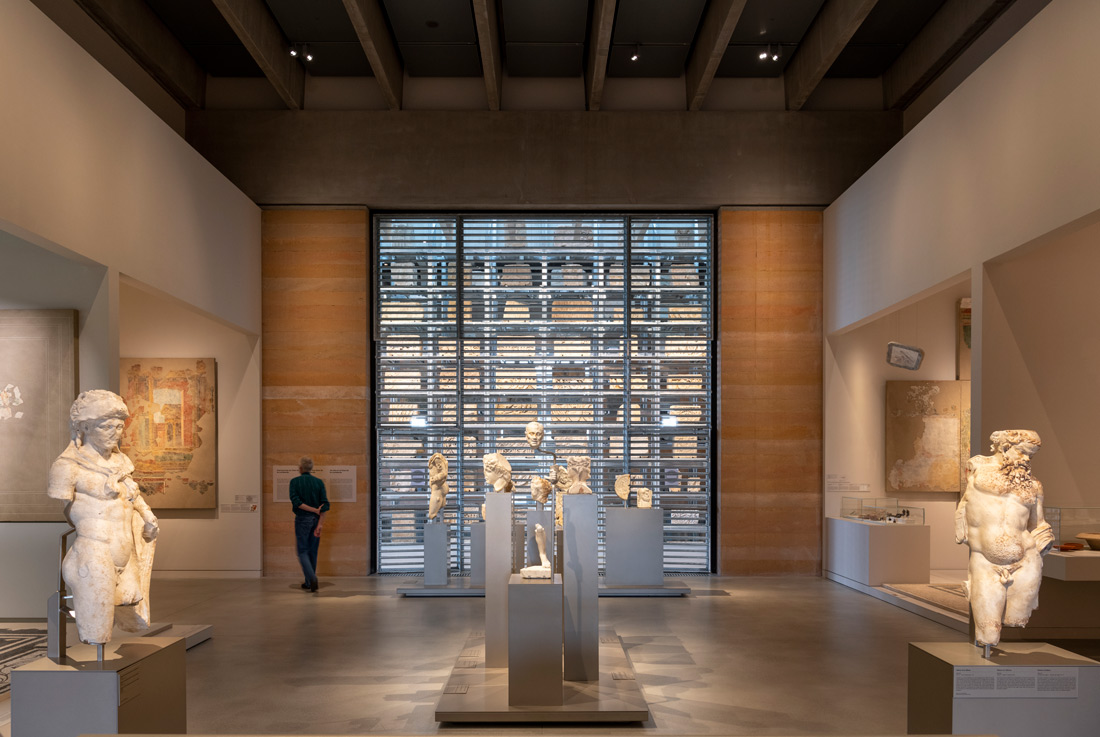

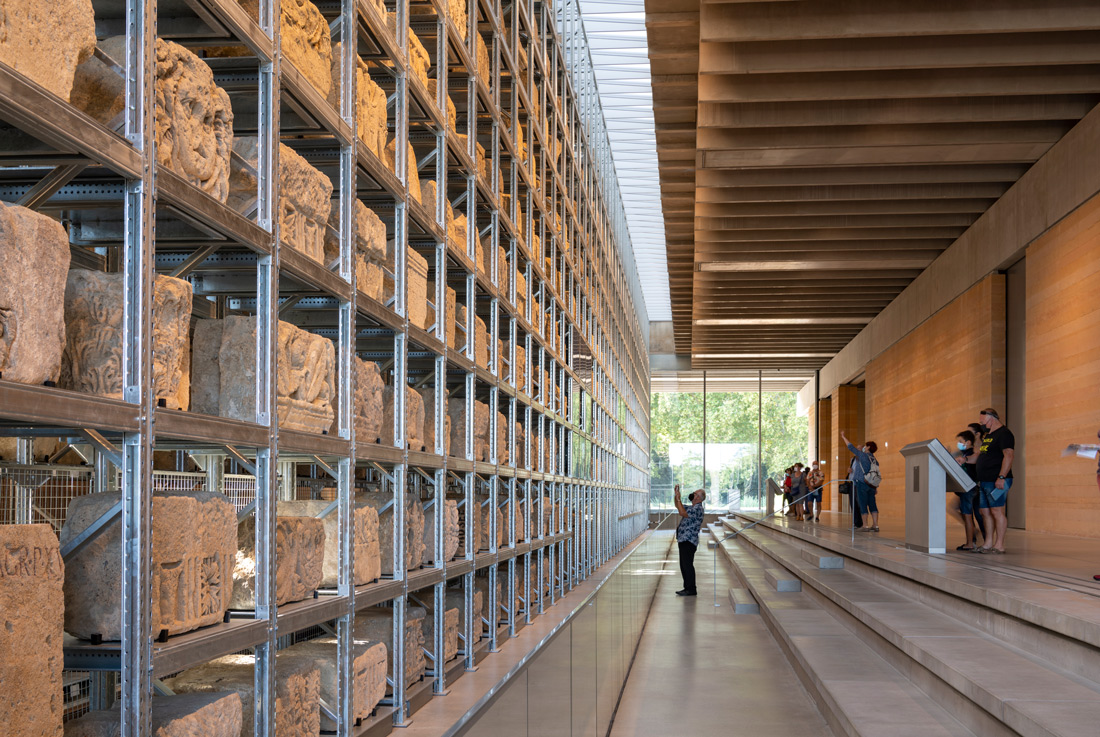
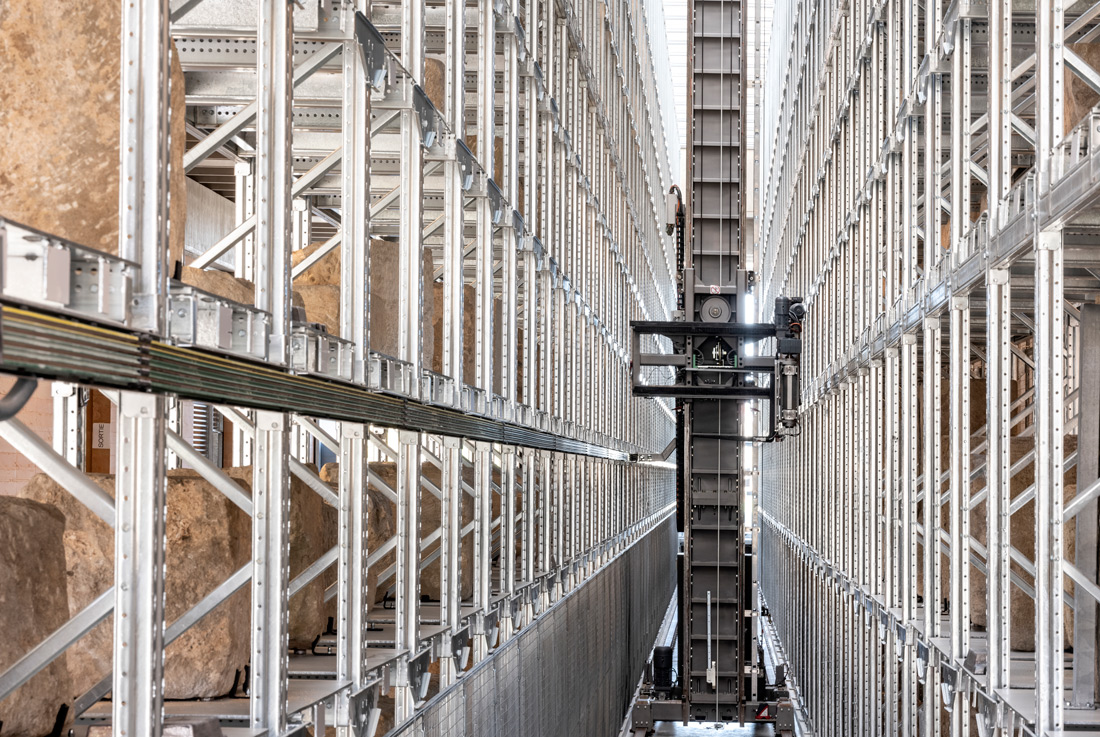
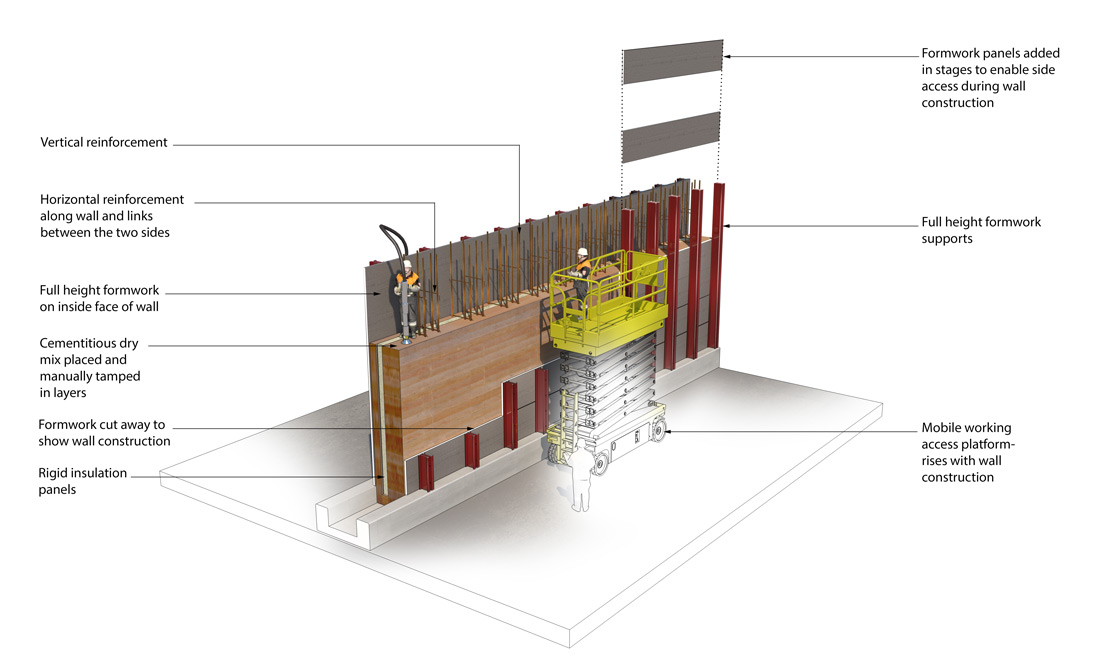

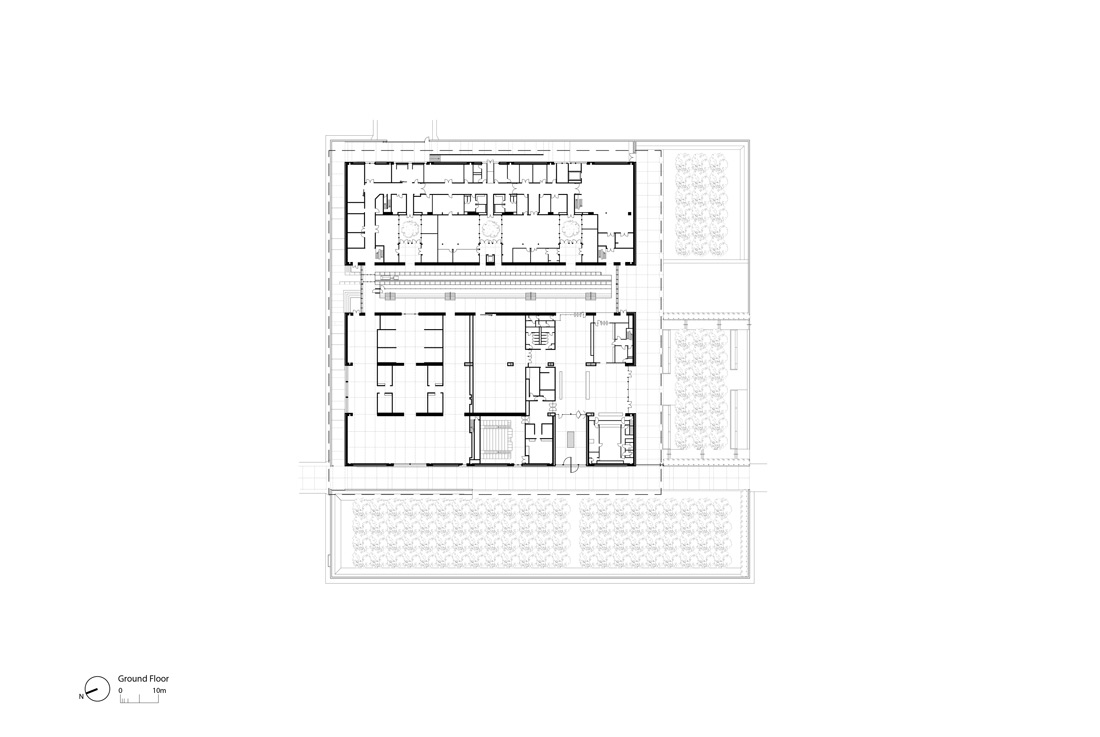
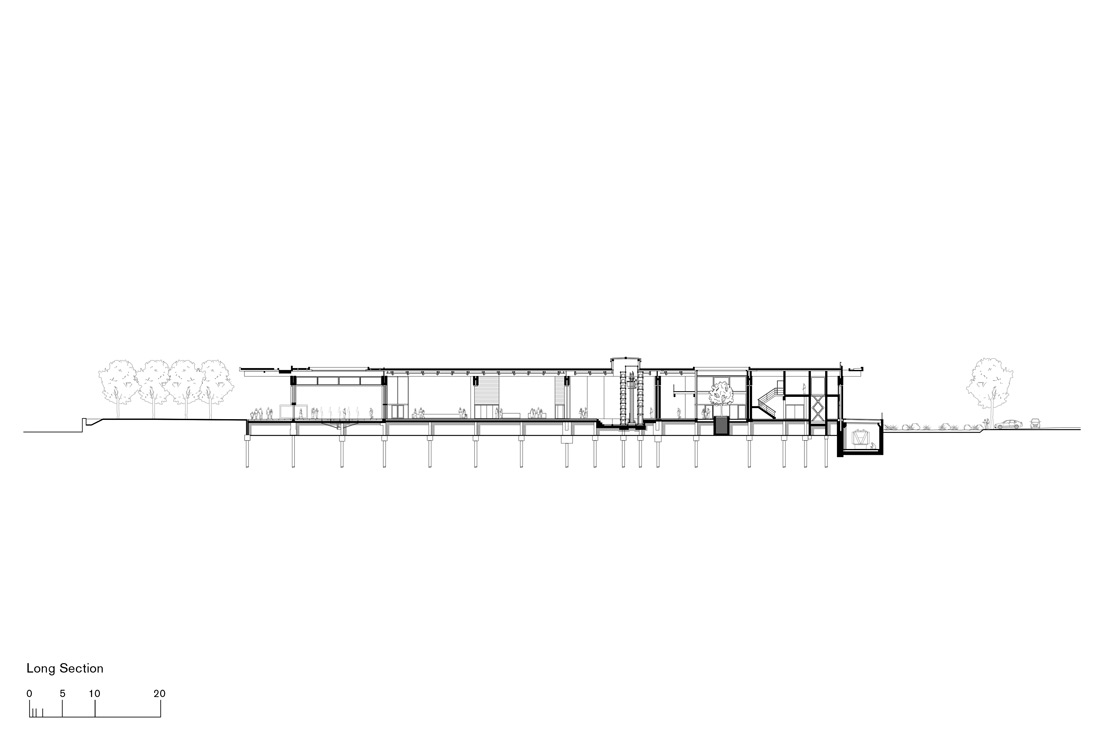
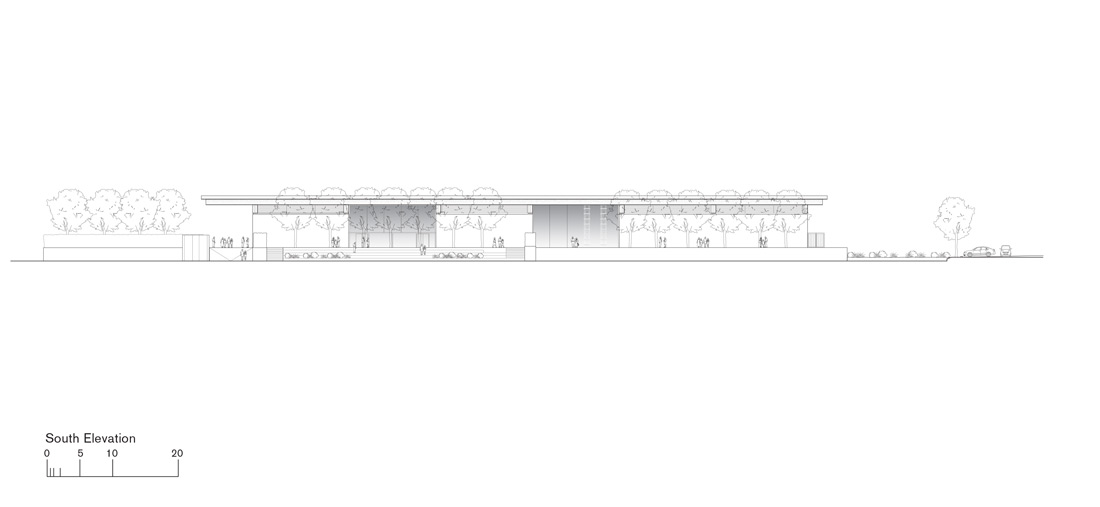
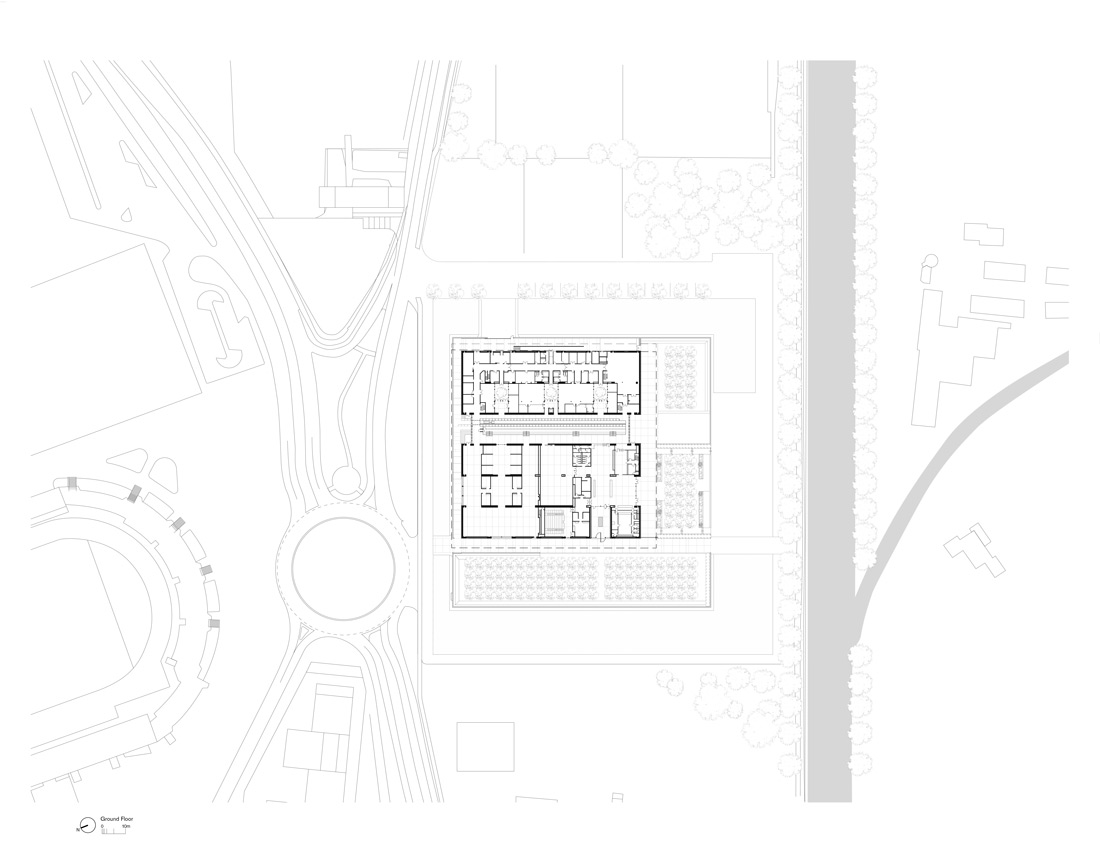
Credits
Architecture
Foster + Partners
Design team
Norman Foster, Spencer de Grey, David Nelson, Grant Brooker, Andy Bow, Hugh Stewart, Francois Curato, Angelika Kovacic, Piers Heath, Roger Ridsdill-Smith, Fillipo Bari, Trevor Barrett, Ariadna Barthe Cuatrecasas, Peter Donegan, Carole Frising, Ed Garrod, Vagelis Giouvanos, Ricardo Candel Gurrea, Andres Harris, Helene Huang, Raphael Keane, Amanda Lyon, Berenice del Valle Moran, Adeline Morin, Raffaella Panella, Raj Patel, Alex (Zhen) Qian, Camilla Sand, Daniel Skidmore, Thang Vu
Collaborating architect
Jean Capia
Client
Région Occitanie
Year of completion
2020
Location
Narbonne, France
Total area
9.689 m2
Site area
21.900 m2
Photos
Philippe Chancel, Arnaud Spani © Narbo Via, Foster + Partners; Nigel Young, Gregory Gibbon
Project Partners
Studio Adrien Gardère, Oger International, SECIM, Technisphere, Urbalab, George Sexton Associates, Peutz, CSD, OnSitu, Bourdoncle, Sirewall, Velux, Mecalux, Goppion



